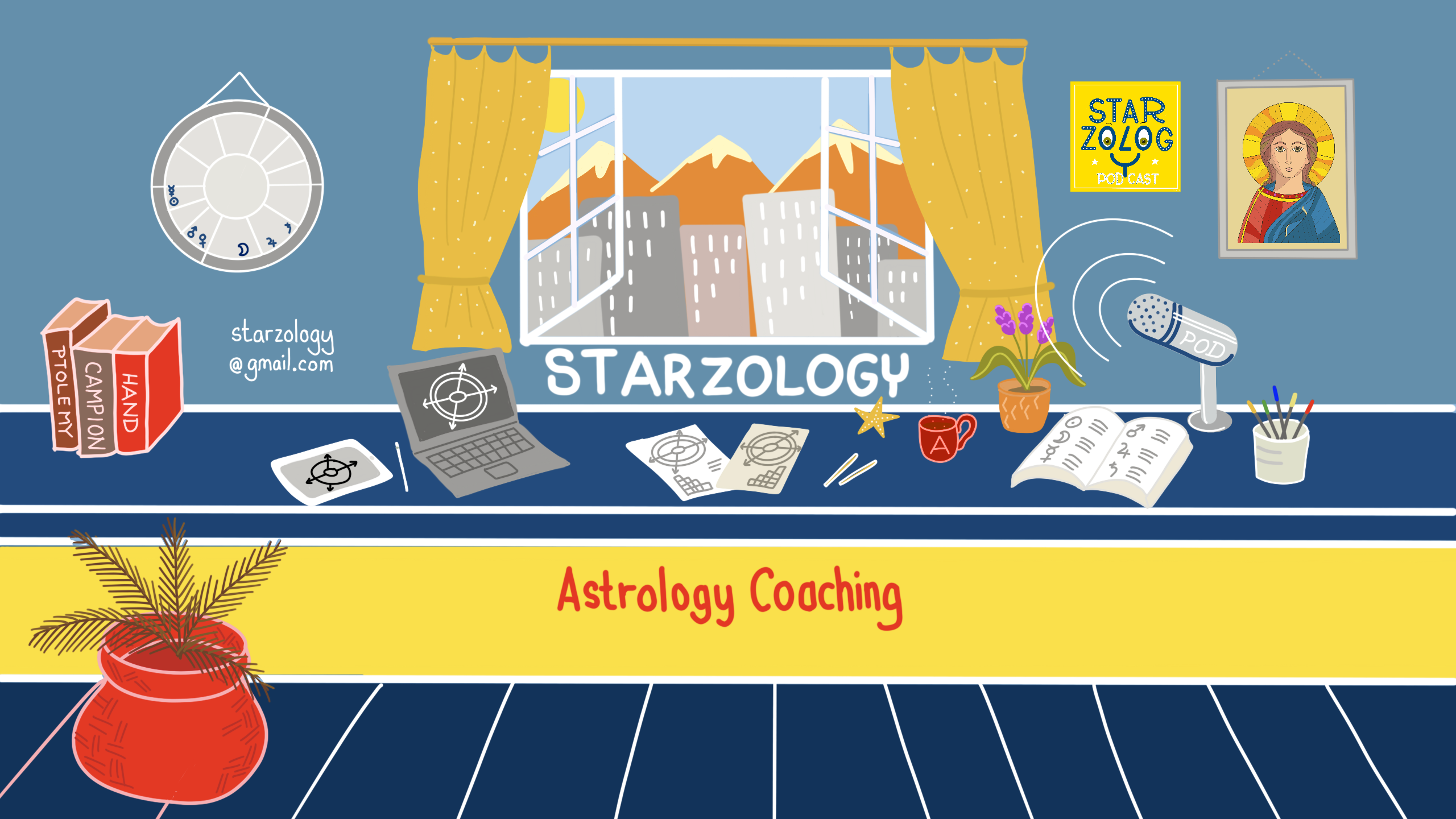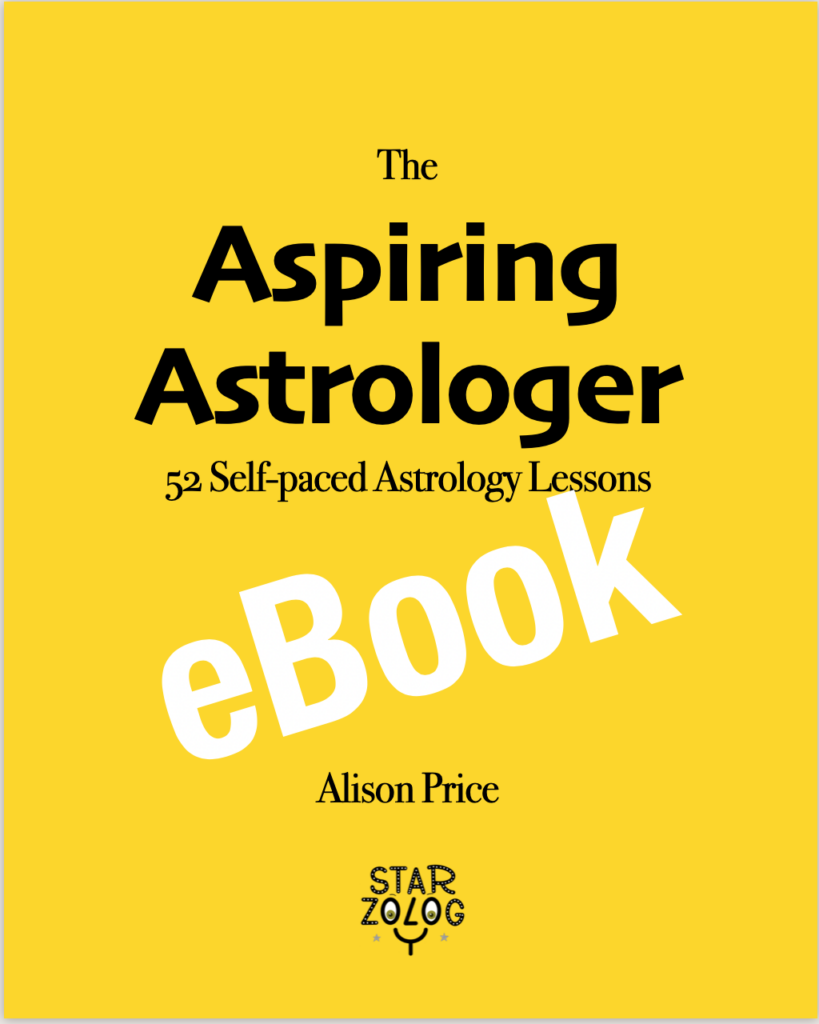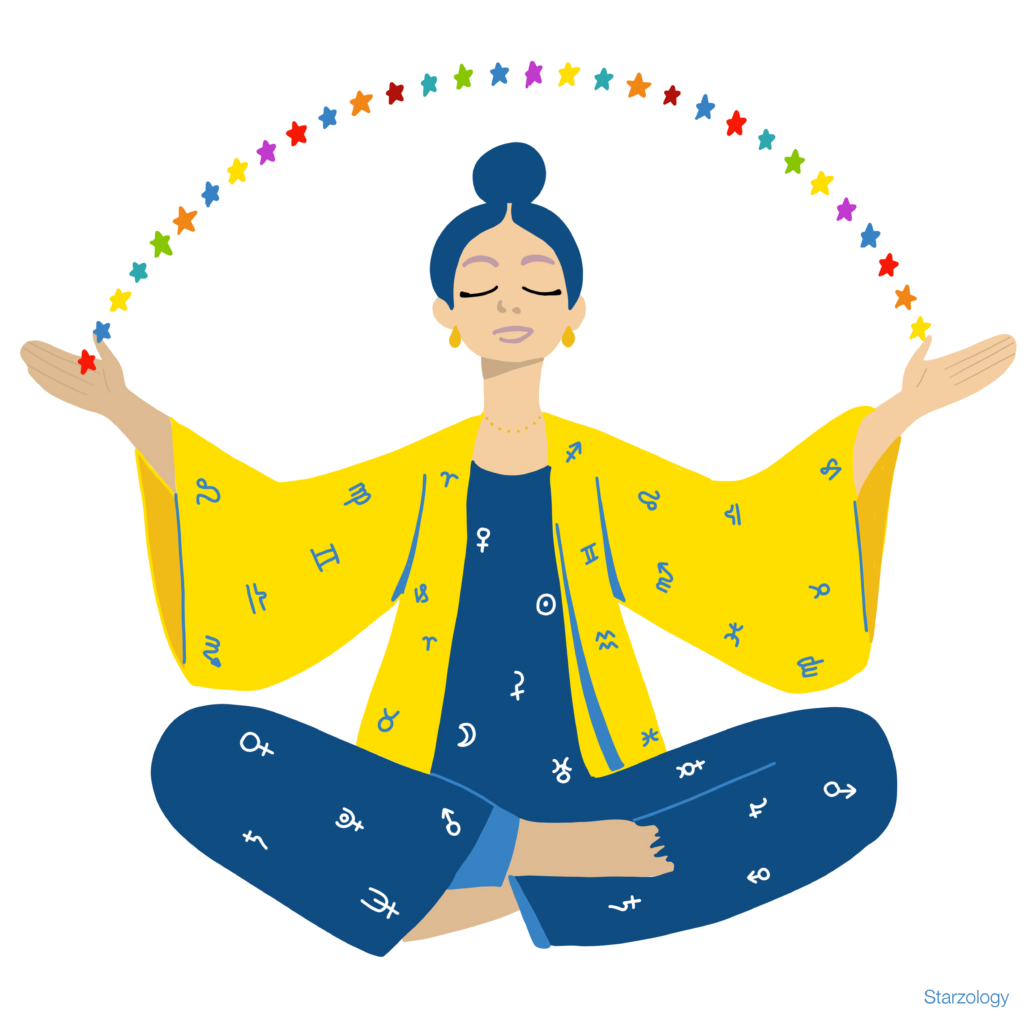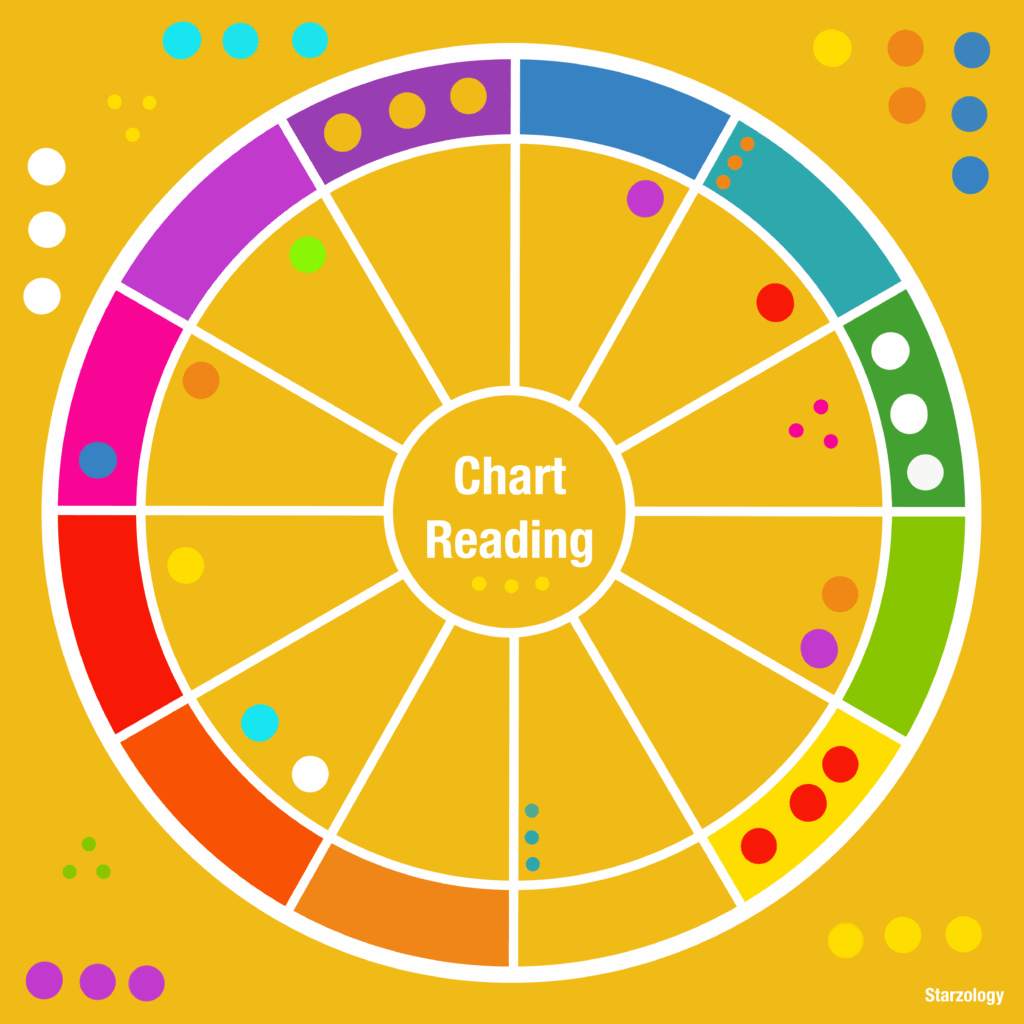The Wheel of the Year Diagram The wheel of the year is a diagram that shows the Sun's movement through the twelve signs of the tropical zodiac from Aries to Pisces. You can draw a wheel of the year in many ways, but they still represent the passing of time throughout...

Mabon
Mabon Quarter Day
Equinox
Mabon, also known as the Autumn Equinox, is one of the Quarter Days celebrated in various cultures and traditions.
It falls around September 21st to 23rd in the Northern Hemisphere, marking the halfway point between the Summer Solstice and the Winter Solstice.
Astrologically Mabon is when the Sun enters Libra at zero degrees.
During Mabon, day and night are nearly equal in length, symbolizing a moment of balance and harmony in nature.
It is a time to give thanks for the bountiful harvest and to prepare for the cooler months ahead and express gratitude for the abundance of the Earth.
Many people commemorate Mabon by having in feasts, sharing meals with loved ones, and giving thanks for the gifts of the season.

Quarter Day
This Quarter Day holds spiritual significance, as it represents a time of reflection, introspection, and preparation for the colder months ahead.
It encourages us to pause and take stock of our lives, giving thanks for the blessings we’ve received and contemplating the lessons learned throughout the year.
Symbolically, Mabon is associated with the theme of letting go, similar to the falling leaves of autumn.
It prompts us to release what no longer serves us and make space for new growth and opportunities in the future.
Wheel of the Year
As the Wheel of The Year turns, Mabon invites us to appreciate the changing seasons, embrace the cycles of life, and find harmony within ourselves and the world around us.
Whether through ceremonies, rituals, or simple moments of gratitude, Mabon provides a chance to connect with nature’s rhythms and celebrate the beauty of the autumnal season.
Get Your Astro Artworks
All the original Astro Artworks on this page are digitally created by Alison.
Her interest in the Solar Cycles and how the annual seasonal flow impacts us all is the inspiration for this piece.
If you love this image of Mabon and you want to get some greeting cards like this, we invite you to visit our Art Shop.
Every purchase helps to support this blog.
Thank you.
Mabon Colors
Autumn Colors
Traditional colors associated with Mabon reflect the vibrant and earthy hues of the autumn season.
As a harvest festival, Mabon celebrates the bountiful gifts of nature and the changing colors of the landscape.
The colors that are commonly associated with this festival are below.
Orange
Orange is one of the most prominent colors of Mabon, representing the warm and inviting tones of autumn foliage.
It symbolizes the changing leaves and the abundance of the harvest season.
Orange is also associated with the setting sun, signifying the waning light and the approaching darkness of winter.
Brown
Brown represents the rich, fertile soil that nurtures the crops and allows them to grow and flourish.
It symbolizes the Earth’s abundance and the importance of grounding and stability during the seasonal transition.
Maroon
Deep red hues, reminiscent of ripe apples and other fall fruits, are often associated with Mabon.
This color represents the life force and energy within the fruits of the harvest.
Red is also linked to the changing color of the leaves as they prepare to fall from the trees.
Yellow
Yellow is the color of the golden harvest, symbolizing the ripened grains and crops ready for harvest.
It represents prosperity, abundance, and the rewards of hard work and dedication.
Forest Green
Dark green is associated with the evergreen plants that remain vibrant and strong even as the landscape changes around them.
It represents resilience and the continuity of life.
Deep Purple
Deep purple hues are reminiscent of grapes and the wine-making process, which is often associated with the harvest season.
Purple also represents transformation and the changing of the seasons.
Gold
Gold is a color that signifies the rewards of a successful harvest and the preciousness of nature’s gifts.
It symbolizes the value and abundance of the Earth’s offerings.
Decoration
These traditional colors associated with Mabon are often used in decorations, altars, candles, and other festive elements during the celebration.
By incorporating these colors, people honor the beauty of the autumn season, express gratitude for the harvest’s bounty, and create a warm and welcoming atmosphere for gatherings and rituals during this special time of the year.
Mabon Traditional Gatherings
Mabon, also known as the autumn equinox, is a time of balance between day and night, marking the transition from the warmer days of summer to the cooler days of fall. It's a significant point on the Wheel of the Year and is often celebrated by various pagan and neopagan traditions. Traditional gatherings during Mabon focus on themes of gratitude, reflection, and the harvest season.
Here's a glimpse into Mabon traditional gatherings:
- Mabon is a time to celebrate the second harvest of the year. Traditional gatherings often feature feasts that highlight the bounty of the season. Participants may share dishes made from the abundance of fruits, vegetables, and grains harvested during the fall.
- Many Mabon celebrations take place outdoors to connect with nature's changing energies. Picnics, potlucks, and gatherings in parks or gardens provide an opportunity to enjoy the crisp air and the beauty of the changing foliage.
- Rituals during Mabon often focus on balance and gratitude. Participants may create altars adorned with symbols of the season, such as colorful leaves, gourds, and apples. Candles may be lit to represent the balance between light and darkness.
- Apples are a quintessential fruit of the fall season. Traditional gatherings may include apple picking excursions to orchards, where participants can gather apples for use in rituals, crafts, and delicious treats.
- Craft activities that reflect the season's themes are often part of Mabon gatherings. Creating wreaths, decorating pumpkins, making corn husk dolls, and crafting gratitude journals are ways to connect with the spirit of Mabon creatively.
- Drumming circles can be a lively and vibrant way to celebrate Mabon. The rhythmic beat of drums symbolizes the heartbeat of the Earth and can help participants feel more connected to nature and the changing seasons.
- Expressing gratitude for the harvest and the blessings of the year is a central aspect of Mabon gatherings. Rituals and practices that focus on gratitude, such as sharing stories of thankfulness or creating gratitude lists, help participants center their celebrations around appreciation.
- Traditional dances and music can add a festive and joyful atmosphere to Mabon gatherings. Folk dances, singing, and playing musical instruments bring a sense of community and celebration.
- Taking a leisurely walk in nature during Mabon can be a simple yet profound way to connect with the changing landscape and the energies of the season. Participants may gather fallen leaves, acorns, and other natural elements for use in crafts or rituals.
- Mabon is a time for coming together as a community to celebrate the harvest and the changing of the seasons. Community potlucks, gatherings, and circles allow participants to share their experiences, stories, and reflections.
Mabon traditional gatherings revolve around themes of gratitude, reflection, and the harvest season.
They offer participants the opportunity to connect with nature, each other, and the spiritual significance of the equinox.
Whether you're using astrology as a tool for inspiration or simply seeking to live your best life, Mabon gatherings provide a space for embracing the balance of the season and expressing appreciation for the Earth's abundance.
Mabon Sacred Spaces
Creating a sacred space for Mabon, also known as the autumn equinox, allows you to connect with the energies of the season and engage in meaningful rituals and reflections.
A Mabon sacred space is a place where you can honor the balance between light and darkness, express gratitude for the harvest, and embrace the changing energies of fall.
Here's how you can set up a Mabon sacred space:
- Choose a quiet and peaceful location where you can set up your sacred space. This could be indoors or outdoors, depending on your preferences and the weather.
- Create an altar as the centerpiece of your sacred space. Use a table, shelf, or any flat surface to arrange your altar items. Cover it with a cloth in fall colors like orange, deep red, or brown.
- Decorate your altar with items that represent the themes of Mabon. This can include colorful leaves, acorns, pinecones, pumpkins, gourds, apples, and autumn flowers like marigolds and chrysanthemums.
- Place candles on your altar to symbolize the balance between light and darkness. You can use two candles—one white or yellow to represent the sun and one black or dark blue to represent the night.
- Incorporate crystals that resonate with the energies of fall and balance, such as citrine, carnelian, amethyst, and clear quartz. Arrange them on your altar or use them as decorations.
- Burn incense or use essential oils with fall scents like cinnamon, clove, and nutmeg. The aroma can help you create a sensory connection to the season.
- Add seasonal fruits like apples, pears, and grapes to your altar. You can also include grains like wheat, corn, or barley as offerings to represent the harvest.
- If you have specific tools you use in rituals, such as a cauldron, athame (ritual knife), or wand, place them on your altar as well.
- If you work with specific deities, ancestors, or spirit guides, you can include representations or images of them on your altar.
- Place a small piece of paper or parchment on your altar where you can write down your intentions for the season. This could include things you're grateful for, what you're releasing, or what you're inviting into your life.
- Create a comfortable space near your altar where you can sit and meditate. Use this space for reflection, gratitude practices, and setting intentions for the coming season.
- As a way of expressing gratitude, you can offer some of the fruits, nuts, or grains from your altar to the Earth, either by placing them outside or by incorporating them into your fall cooking.
By setting up a Mabon sacred space, you create a dedicated area where you can honor the energies of the autumn equinox, reflect on the harvest season, and engage in rituals that align with your spiritual practices.
This space serves as a visual representation of your connection to the changing rhythms of nature and the spiritual significance of Mabon.
Mabon Poem: Harvest's Balance
Here's a poem I wrote that captures the spirit of Mabon, the autumn equinox, and its themes of balance, gratitude, and the changing of the seasons:
Harvest's Balance
As summer's warmth begins to wane,
The equinox arrives again,
A moment's pause in time and space,
When light and dark find their embrace.
The scales of nature gently sway,
As night and day hold equal sway,
A harmony of sun and moon,
In Mabon's gentle, whispered tune.
The leaves, ablaze in colors bright,
Bid summer's fond farewell tonight,
And in their fall, a sacred dance,
Of letting go with elegance.
The fruits of labor, rich and sweet,
Now gathered in for all to eat,
A feast of gratitude we share,
For earth's provision, tender care.
With every bite, a whispered prayer,
For cycles, gifts beyond compare,
The turning wheel, a constant guide,
As seasons shift and worlds collide.
In this moment of perfect blend,
We find the balance, time to spend,
To honor Earth's abundant store,
And give thanks for the evermore.
As autumn's cloak wraps earth in gold,
The stories of the year are told,
In Mabon's light, we find our way,
A dance of night and equal day.
This poem reflects the themes of balance, gratitude, and the harvest season that Mabon embodies.
It can be recited during rituals, gatherings, or moments of reflection to honor the energy of the autumn equinox.
Mabon Folk Dance
If you're looking for a folk dance to embrace the spirit of Mabon and connect with nature's rhythms, the "Harvest Reel" might be a perfect choice.
The Harvest Reel
The Harvest Reel is a lively and joyful folk dance that embodies the essence of the season.
It can be performed outdoors, surrounded by the beauty of nature, or even indoors to bring the spirit of the outdoors in.
This dance is all about celebrating the abundance of the harvest and the changing of the seasons.
To perform the Harvest Reel, you can follow these simple steps:
- Gathering in a Circle: Form a circle with friends and fellow dancers. Imagine you're creating a circle that represents the cyclical nature of the seasons.
- Harvesting Movements: Begin by swaying gently from side to side, mimicking the movement of stalks swaying in the breeze. Imagine you're gathering the ripe fruits and grains from the fields.
- Sun and Moon Gestures: As you dance, incorporate movements that symbolize the sun and the moon. Lift your arms high above your head to represent the sun's energy, and then lower them to your sides to symbolize the gentle light of the moon.
- Partner Swaps: If you're dancing in a group, consider a part of the dance where partners swap. This reflects the changing partnerships in nature as different plants and animals interact during the seasons.
- Harvest Basket: Hold your hands together in front of you as if holding a basket. With each step, imagine adding a piece of harvest bounty to your basket.
- Seasonal Changes: As the dance progresses, introduce changes in your movements to reflect the transition from the warm days of summer to the cooler embrace of autumn. You can incorporate skipping, hopping, and gentle spinning to embody the changing weather.
- Crescent and Full Moon Steps: Create steps that mimic the shape of the crescent moon and the full moon. These steps can add a touch of whimsy and symbolism to your dance.
- Celebratory Claps: Towards the end of the dance, incorporate celebratory claps and cheers to represent the joy of a successful harvest and the gratitude for nature's gifts.
The Dance Experience
Remember, the Harvest Reel isn't about perfect choreography.
It's about embracing the energy of the season, connecting with your fellow dancers, and expressing your gratitude for the bounties of the earth.
Feel free to add your own twists and movements inspired by the natural world around you.
By dancing the Harvest Reel, you'll be living in tune with the solar cycles, celebrating the Wheel of the Year, and embodying the essence of Mabon.
Whether you're dancing in a meadow, a park, or your own living room, this dance will help you connect with nature, celebrate the harvest, and live your best life in harmony with the changing seasons.

Author Bio
Alison Price: Astrology Coach
Alison wants to help you uncover your individual creativity and lead a fulfilling life using your own astrology. She shares her wisdom from the heart with a touch of humor.
Learn more about Alison's journey.
If you'd like to get in touch with Alison, you can reach out to her via email at starzology@gmail.com.
More Articles
If you enjoyed this post, you may like some more astrology related articles from our blog.










